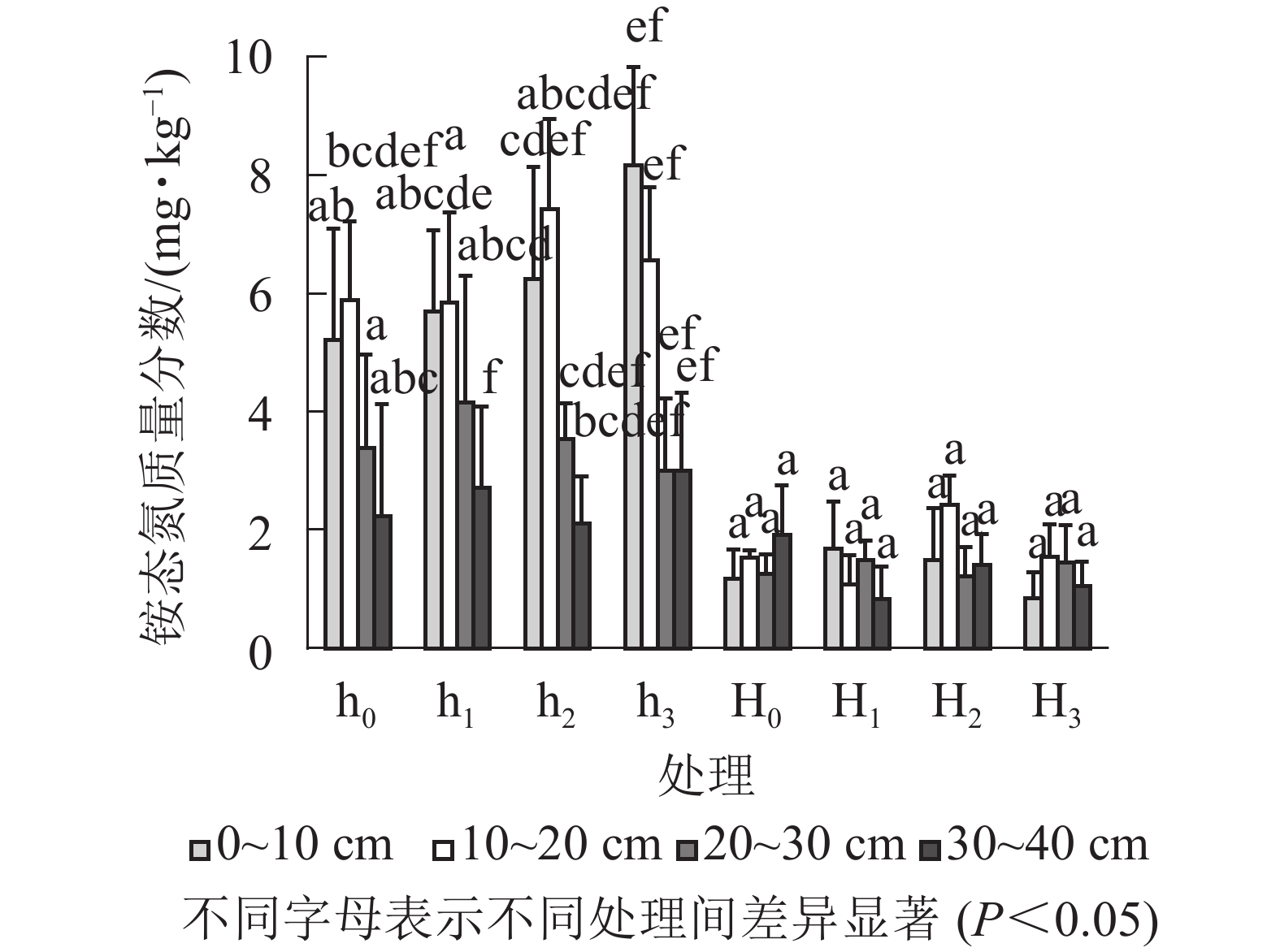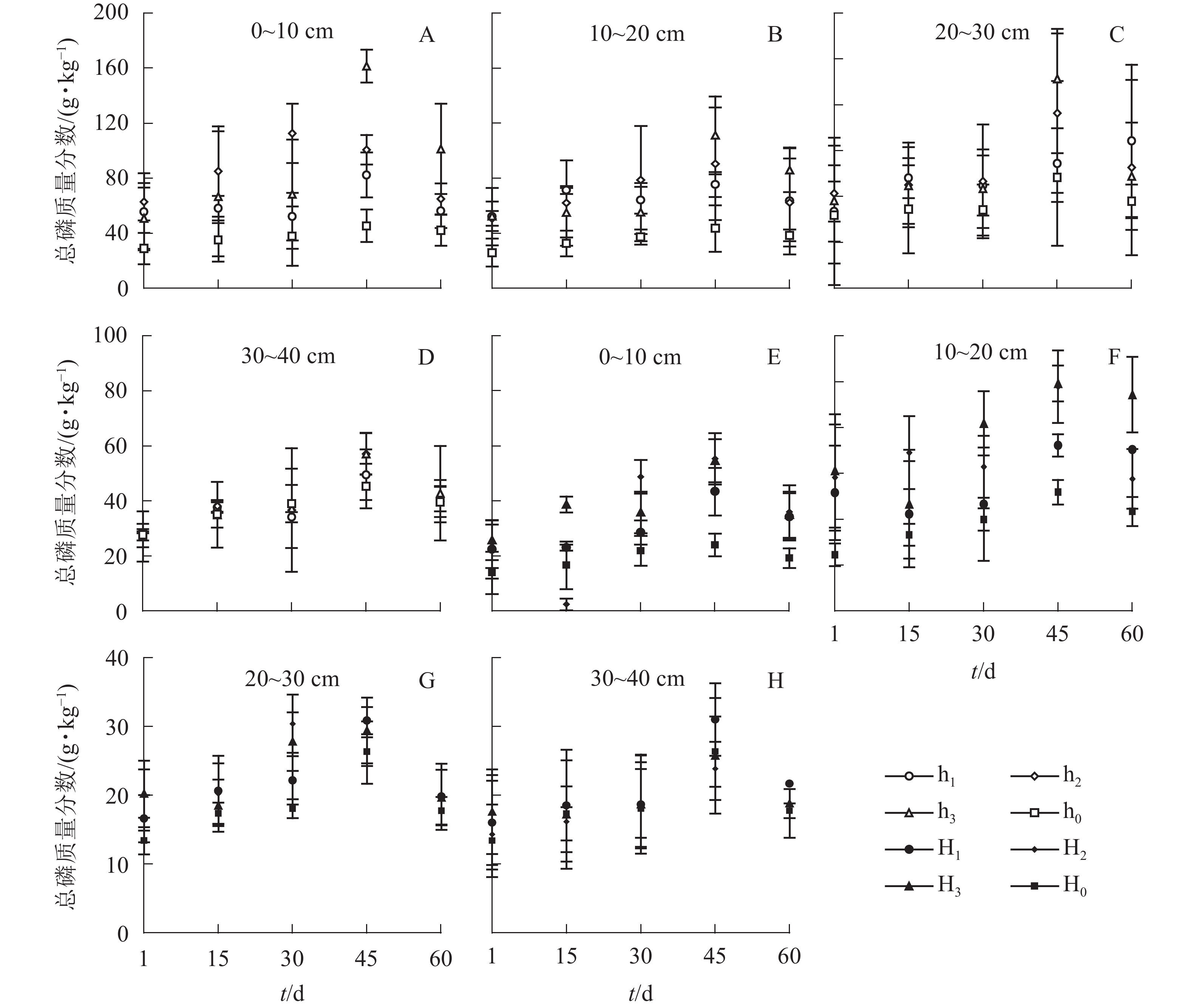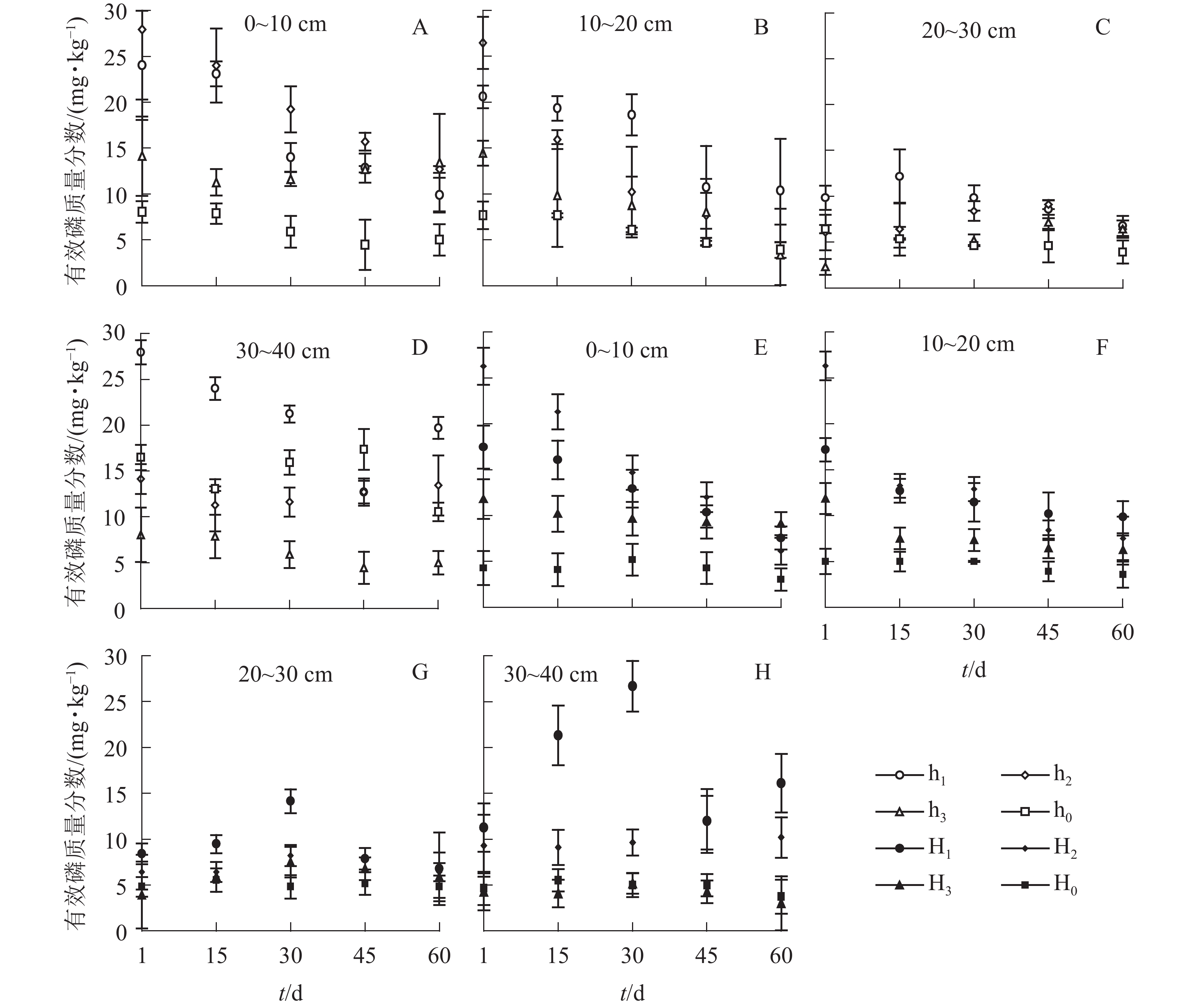-
土地沙漠化是全球性的环境问题。土壤沙化不但使生态环境恶化,而且对社会经济的可持续发展也产生深远影响[1]。根据《第5次全国荒漠化和沙化状况公报》,截至2014年,全国沙化土地总面积172.12 万km2,占国土总面积的17.93%。对比《第4次全国荒漠化和沙化状况公报》,虽然土壤沙化总体呈现被遏制的态势,但沙化治理形势依然严峻,引起的生态负效益仍不容忽视[2-3]。四川省阿坝州红原县位于青藏高原东南部四川省阿坝州,海拔平均3 552 m,地势起伏平坦。主要为沼泽、草甸、灌丛、森林四大植被类型,主要土壤类型为沼泽土、亚高山草甸土、风沙土[4]。根据当地政府统计数据,红原县沙化土地面积为4 450 hm2,轻度沙化面积为378 hm2,其余为中度沙化土壤;过度放牧是引起当地土壤沙化的主要成因。该地区年均降水为754 mm,80%是集中在5−9月,而且多为雷阵雨和暴雨[5]。土壤及养分流失的隐患较为突出。红原发达的畜牧业导致每年产生的牲畜粪便数量惊人,特别是牦牛Bos grunniens粪,仅仅红原县瓦切乡年产生量就高达59万t·a−1。然而,当地以焚烧作为牦牛粪的主要处理方式,效率较低。如何充分利用当地丰富的牦牛粪资源开展沙化土壤治理是本研究关注的重点。传统的畜禽粪便就是良好的有机肥料,含有大量的有机质、矿物质等[6-7]。此外,生物质炭是当前废弃物资源化利用的研究热点之一,国内外学者已经对牛粪热解制备生物质炭以及牛粪生物质炭改良土壤进行了初步的探索。施加适量的生物质炭可改善土壤结构,增加土壤有机质含量和提高土壤微生物活性,有利于作物生长发育,增加产量和农业收益[8];DUAN等[9]探讨在牛粪堆肥过程中,生物质炭单独与菌群改良剂联合使用对改善土壤微生物群落和增强土壤酶活性有积极作用。另有研究表明:聚丙烯酰胺(PAM)可以改善土壤的物理性状[10],保持土壤良好的透气性和保水性,还可以防治水土流失,与分散的土壤颗粒形成大团聚体,增强表层的抗冲蚀能力[11]。目前基于牦牛粪制备生物质炭或者堆肥对土壤改良的研究报道较少。同时,考虑到红原县沙化土壤特性,PAM可以有效改变沙化土壤粒径组成,因此,本研究以红原县当地丰富的牦牛粪为基质,制备生物质炭和堆肥产品,通过实验室模拟研究,验证炭肥产品的混施以及添加PAM来进行沙化土壤改良、以减少渗流造成的土壤养分流失的可行性。
HTML
-
土样采自红原县瓦切乡野外沙化草甸的0~40 cm土层,混合均匀后备用。牦牛粪生物质炭、牦牛粪堆肥产品是向当地牧民处购买新鲜牦牛粪进行制备。牦牛粪生物质炭的制备依照丁黎等[12]的生物质炭制备方法,在热解炉中以600 ℃高温热解。牦牛粪堆肥环境为40 ℃恒温大棚。牦牛粪堆肥基本理化性质为有机质128.30 g·kg−1,全氮33.79 g·kg−1,总磷7.97 g·kg−1,全钾14.35 g·kg−1。牦牛粪基生物质炭基本理化性质为有机碳357.32 g·kg−1,全氮11.85 g·kg−1。PAM购自山东宝莫生物化工股份有限公司。
-
从2016年9−11月,周期为60 d。淋溶土柱为聚丙烯(PP)圆柱体(图1),内径为9.7 cm,高为48.3 cm。用钻孔机在土柱上从下往上每10 cm钻1个孔,共4个孔,以此模拟40 cm深的土层。每个小孔安装1个土壤溶液采集器,收集土壤浸出液,模拟水分流失。共设置4个处理:单施堆肥处理(H1),炭肥混施(1∶1)处理(H2),以及单施生物质炭处理(H3),此外,另设定不添加炭肥的空白处理(H0)。同时,在上述同样处理的基础上再对应地添加PAM,构成添加PAM区组(分别记为h0、h1、h2、h3),共计8个处理(表1),每个处理设3个重复,供试土壤有机质质量分数为19.20 g·kg−1,全氮1.71 g·kg−1,总磷0.38 g·kg−1,速效磷7.7 mg·kg−1。制作土柱时,首先在土柱20~40 cm处加入沙化土壤,经称量为1 500 g,再将改良材料和同质量的1 500 g土壤混合均匀后再加入0~20 cm土柱,加入炭肥改良材料的质量为土壤质量的3%,为45 g。根据红原县当地降雨量,模拟降水注入超纯水,2 d加1次水,每周收集1次土壤溶液采集器中的水样。
编号 生物质炭/g 牛粪堆肥/g 聚丙烯酰胺/g 原土/kg H0 3.0 H1 45.0 3.0 H2 22.5 22.5 3.0 H3 45.0 3.0 h0 15.0 3.0 h1 45.0 15.0 3.0 h2 22.5 22.5 15.0 3.0 h3 45.0 15.0 3.0 Table 1. Experimental treatments
-
土壤样品的采集时间分别是第1、15、30、45、60天,共5次。每次分层采集土柱中的土壤。每次采集用特制的细孔径取土钻取土20 g。装入自封袋扎孔后放入冻干机中冻干。冻干后用研钵磨细分别过60目筛和100目筛备用。
-
参照参考文献[13]测定分析土壤样品养分,测定的土壤养分为:全氮、硝态氮、铵态氮、有机质、土壤pH、总磷、有效磷。为有效评价PAM的添加对外源物质(牦牛粪炭和堆肥)中养分淋溶的影响,用以下公式计算外源养分淋溶率:
其中:wT1和wT2为处理组,ck为空白对照组,1代表0~20 cm土壤上层养分质量分数,2代表20~40 cm土壤下层养分质量分数,外源养分淋溶率值越小表示养分淋溶率越低。(wT2−wck2)为处理组和对照组下层土壤养分质量分数之差,(wT1−wck1)为处理组和对照组上层养分质量分数之差。
-
利用Excel 2003进行数据处理,采用Sigma Plot 13.0软件制图,运用SPASS 22.0并选择Brown-Forsythe和Tamhane’s T2方法对结果进行方差分析。
1.1. 供试肥料及制备方法
1.2. 研究方法
1.2.1. 实验设计
1.2.2. 土壤样品采集及处理
1.2.3. 分析项目及方法
1.2.4. 数据处理
-
如图2所示:处理60 d时,施用生物质炭和堆肥产品均可以显著提高0~20 cm土壤的pH值(P<0.05),但20~40 cm与对照相比差异不显著。总体来说,在施用PAM的区组中0~20 cm土壤pH值要高于20~40 cm;而未施用PAM的区组中,各个土层的pH值差异不显著。
-
经统计分析,60 d时,h0处理在0~20 cm土壤全氮质量分数显著低于h1、h2、h3处理(P<0.05)。与h0相比,h1、h2、h3处理土壤全氮质量分数分别增加163%、255%、227%(图3A)。而在未添加PAM区组中(图3B),H0在0~20 cm土壤全氮质量分数显著低于H1、H2、H3处理(P<0.05,F=344)。与H0相比,H1、H2、H3处理分别增加43.5%、71.2%、54.0%(图3B)。H1、H2、H3土壤全氮质量分数随着深度增加而下降。
4个处理中,未添加PAM区组外源养分全氮的淋溶率分别为23.5%、12.8%、26.5%,而添加PAM区组外源养分全氮的淋溶率为5.4%、3.2%、8.3%。可以发现炭肥混施(H2和h2)在各自处理中淋溶率最低。
在60 d时,各处理土壤硝态氮质量分数如图4。添加PAM区组中,0~20 cm土壤硝态氮质量分数显著高于20~40 cm,单施生物质炭和炭肥混施效果最显著(P<0.05)。而在未添加PAM区组中,H1、H2、H3处理的20~40 cm土壤硝态氮质量分数低于H0,0~20 cm土壤硝态氮质量分数显著高于20~40 cm(P<0.05)。与H0相比,H1、H2、H3处理分别增加7.8%、24.1%、19.8%。
图5为土壤铵态氮质量分数图。60 d时,添加PAM区组中,0~20 cm土壤铵态氮质量分数显著高于20~40 cm(P<0.05);而未添加PAM区组中各处理无显著性差异(P>0.05)。H1、H2、H3处理外源养分铵态氮淋溶率分别为40.8%、20.7%、49.2%,h1、h2、h3处理外源养分铵态氮淋溶率分别为34.9%、25.5%、34.8%(图5)。
-
各处理土壤总磷质量分数变化趋势如图6所示。除空白处理外,各处理0~20 cm土壤中总磷质量分数显著高于20~40 cm(P<0.05);20~40 cm土壤中总磷质量分数在0~45 d内呈现上升趋势,在45 d后,总磷质量分数下降。60 d时,H1、H2、H3总磷淋溶率分别为16.5%、11.4%、19.3%,而h1、h2、h3组总磷淋溶率为6.3%、4.3%、9.1%。
经统计分析,添加PAM区组各处理土壤有效磷质量分数存在显著差异(P<0.05)。0~20 cm层土壤有效磷质量分数在处理期间整体呈下降趋势,而在20~40 cm层土壤中则变化幅度较小(图7)。总体来说,未添加PAM区组各处理土壤有效磷质量分数存在显著差异(P<0.05),20~30 cm层土壤有效磷质量分数在0~30 d表现上升趋势,并在30 d达到峰值,随后逐渐下降。
-
如图8所示:60 d时,添加PAM区组中0~20 cm土壤有机质质量分数高于20~40 cm(P<0.05),与h0相比,h1、h2、h3处理土壤pH分别增加230%、341%、321%。未添加PAM区组中0~20 cm土壤有机质质量分数高于20~40 cm(P<0.05)。与H0相比,H1、H2、H3处理有机质质量分数分别增加322%、530%、515%。H1、H2、H3外源养分有机质的淋溶率分别为19.0%、11.2%、15.9%,h1、h2、h3组有机质淋溶率为5.1%、1.2%、5.9%。
2.1. 牦牛粪生物质炭及其堆肥对土壤酸碱度的影响
2.2. 牦牛粪生物质炭及其堆肥对土壤氮质量分数的影响
2.3. 牛粪生物质炭及其堆肥对土壤磷素质量分数及形态的影响
2.4. 牛粪生物质炭及其堆肥对土壤有机质质量分数的影响
-
生物质炭施入土壤后显著提高了土壤pH值,因为生物质炭表面的−COO−和−O−等有机官能团和生物质炭中的碳酸盐是碱性的主要存在形态[14]。添加热解生物质炭能提升土壤的pH值,但畜禽粪便制成的生物质炭因含有更多的灰分,要较木炭和秸秆有更高的pH值[15]。有研究表明:生物质炭对于酸性或者弱酸性沙化土壤提高pH的效果较为理想[16]。本研究的结果与之相一致,因为牦牛粪堆肥的pH为7.1,低于生物质炭[17]。由此可以得出,生物质炭与堆肥之比中所占的比例不同,其对土壤酸碱度的改良程度也不同,生物质炭所占比例越多则土壤的pH越高。
添加生物质炭可导致土壤水向下迁移速度减慢,从而使得在一定时间内全氮的淋溶率降低,这与王燕等[18]、杨放等[19]和盖霞普[20]的研究结果一致,其原因是生物质炭改变土壤容重和增加孔隙度,从而提高土壤储水能力,增加土壤溶液中氮素在各土层中的持留时间,减少全氮的淋溶量[21-23]。根据不同处理的氮素淋溶率结果可知:单施堆肥效果要优于单施生物质炭,这是由于堆肥氮素含量显著高于生物质炭,而且添加堆肥后可以增加土壤容重减少孔隙度,减少养分淋溶,而炭肥混施后可以抵消单独施用时养分淋溶和养分含量提升不够的问题,可以显著减少土壤中全氮的淋溶率。
炭肥混施可以增强土壤的硝化作用[24],生物质炭通过提高土壤氨氧化细菌的丰度间接促进铵态氮向硝态氮的催化氧化[25],堆肥提高土壤中硝化细菌的活性,促进了硝化反应的进程[26]。研究周期中,硝态氮的淋溶远高于铵态氮,这是由于土壤黏土矿物颗粒带负电,生物质炭表面也带负电,对铵态氮的吸附能力较强[27],还有一部分铵态氮通过硝化反应形成硝态氮,而硝态氮带负电荷,不易被土壤吸附,会随着模拟降水不断向下淋溶,使得含量降低[27]。另外,单施堆肥仅能显著提高土壤中氮素的质量分数,但无法有效抑制养分渗流;而炭肥混施则可有效减少养分的淋溶损失。谢胜禹等[28]研究表明:加入生物质炭可以降低堆肥中铵态氮的损失。本研究中添加了炭肥混施效果最显著,与上述结果相符合。
0~45 d土壤30~40 cm处总磷质量分数呈上升趋势,45 d后,总磷质量分数表现为下降趋势,只是因为前期上层土壤磷素淋溶,后期上层磷素释放减少。空白对照组中,土壤总磷质量分数随淋溶的进行保持水平,无明显变化;土壤总磷质量分数呈现明显升高趋势的主要原因为生物质炭和堆肥中磷素的释放,土壤有机物料中的水溶性磷与土壤淋溶液中的磷质量分数密切相关[29]。有研究表示:炭肥混施后,作为外源输入功能材料,直接或间接参与土壤生态系统中的磷素循环,并对土壤磷素物质转化过程产生重要影响[30]。一方面,生物质炭够吸附土壤中磷元素,减少流失;另一方面,生物质炭热解炭化有机磷化学键的断裂,极大提高了磷的有效性[31-33]。
有机质质量分数的增加是因为生物质炭和堆肥产品本身能够增加土壤中有机质的质量分数,生物质炭作为一种本身有着大量有机质的改良剂,可以提高土壤中有机质的质量分数,且具有巨大的比表面积和良好的吸附和固定能力,能吸附土壤中的有机物[34]。MIDDELBURG等[35]研究证实:生物质炭有助于土壤有机质的积累,土壤中生物质炭表面可被部分轻度氧化形成羰基、酚基和醌基,提高土壤的阳离子交换量,增加对有机质的吸附[36]。同时堆肥具有很高的有机质含量,可以显著提高土壤中有机质的质量分数。
-
单施炭肥可以提升土壤中有机质质量分数,但没有有效改善其渗流的状况。炭肥混施不仅能提高有机质质量分数还能抑制淋溶情况,添加PAM后可以抑制养分渗流的情况。单施炭肥同样无法改善磷素渗流的情况,炭肥混施后才能有效抑制土壤磷素渗流,添加PAM后外源养分淋溶率下降说明炭肥混施并添加PAM可以抑制土壤中磷素的流失。
根据外源养分淋溶率可知,炭肥混施组中全氮下降9.6%,总磷下降7.4%,有机质下降10.1%,单施炭肥有效降低外源养分淋溶率。因此可知,添加PAM可以显著减少土壤中养分淋溶率。有研究指出:PAM是通过分子结构中的基键与土壤颗粒间形成吸附力,维系土壤结构,防止土壤结皮,提高土壤入渗率,减小地表径流,减轻土壤侵蚀,增强土壤保肥能力[37],与分散的土壤颗粒形成大团聚体,增强表层的抗冲蚀能力,大幅度减少土壤中氮磷钾等营养元素的损失[38]。
3.1. 生物质炭与堆肥配施对沙化土壤养分质量分数的影响
3.2. PAM添加对沙化土壤养分渗流的影响
-
牦牛粪生物质炭及其堆肥产品混施对川西北沙化土壤养分渗流损失的抑制能力要优于单施生物质炭和单施堆肥处理。炭肥混施能够有效改善土壤的理化性质,增加土壤全氮、硝态氮、总磷、有效磷和有机质,分别提升255%、24%、120%、78%、530%。添加PAM可有效减少0~20 cm土壤养分渗流,全氮淋溶率减少9.6%,总磷减少7.1%。因此,利用红原当地的牦牛粪资源进行沙化土壤治理是确实可行的,并且可为后续的植被恢复奠定良好的基础。




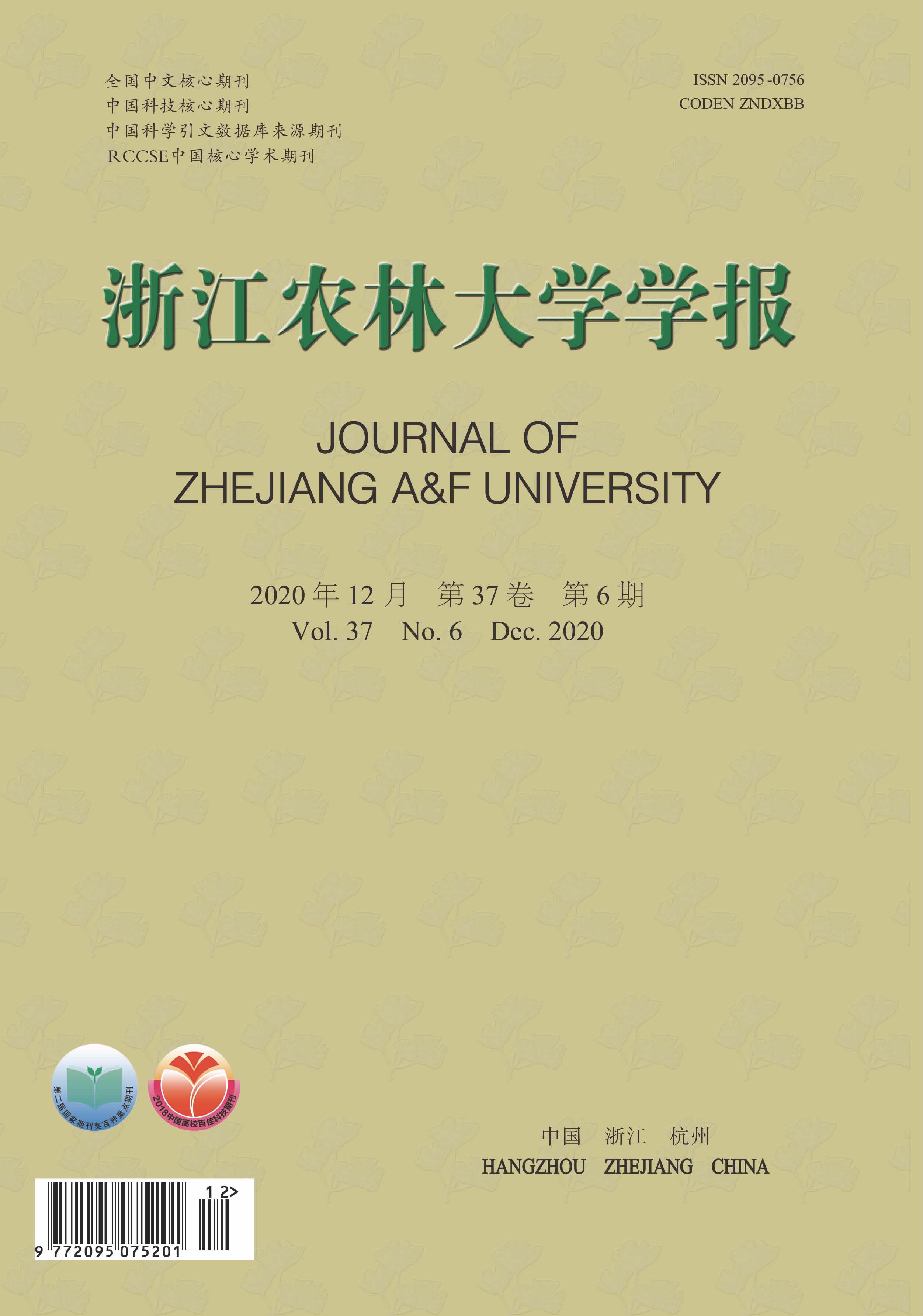


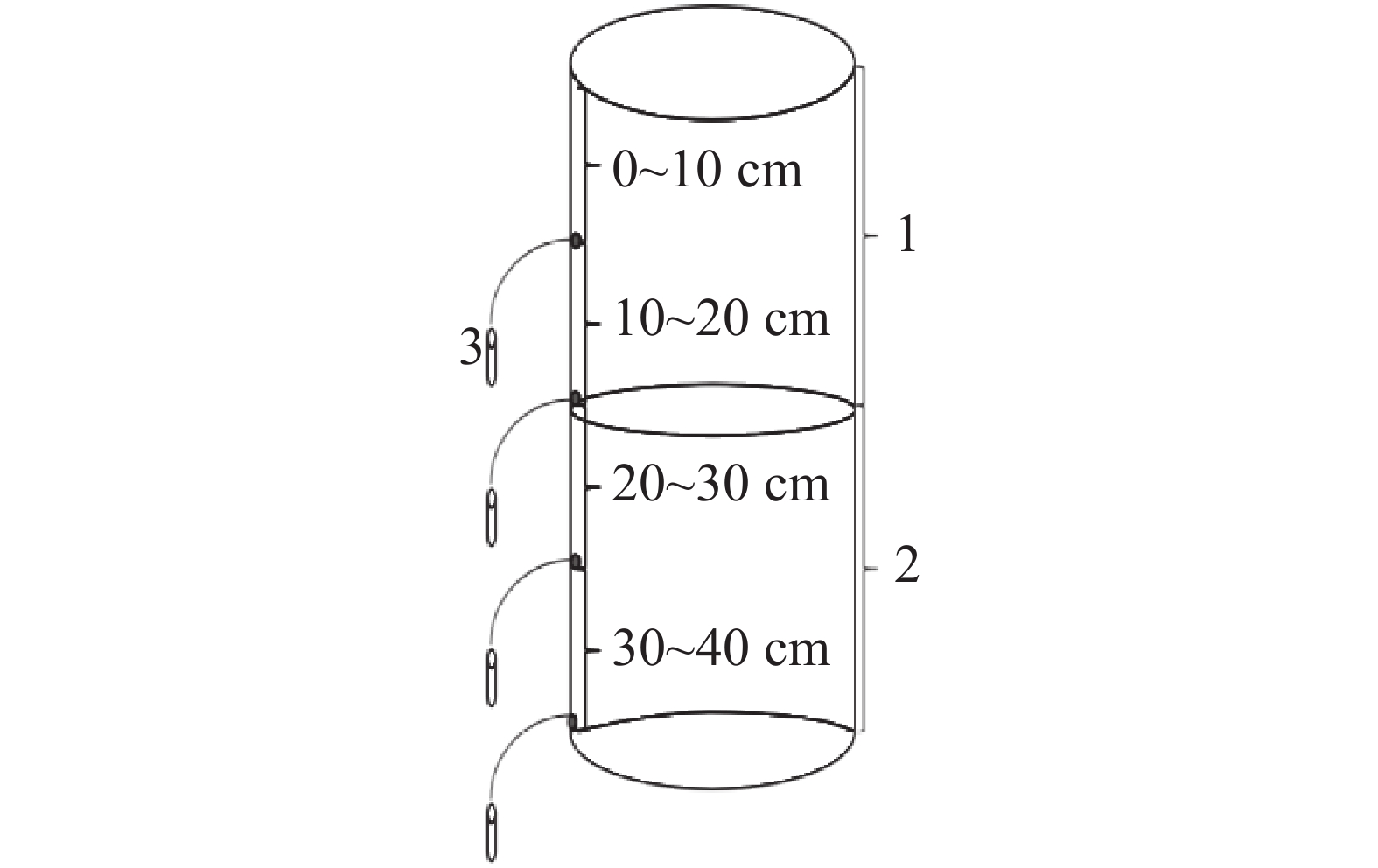


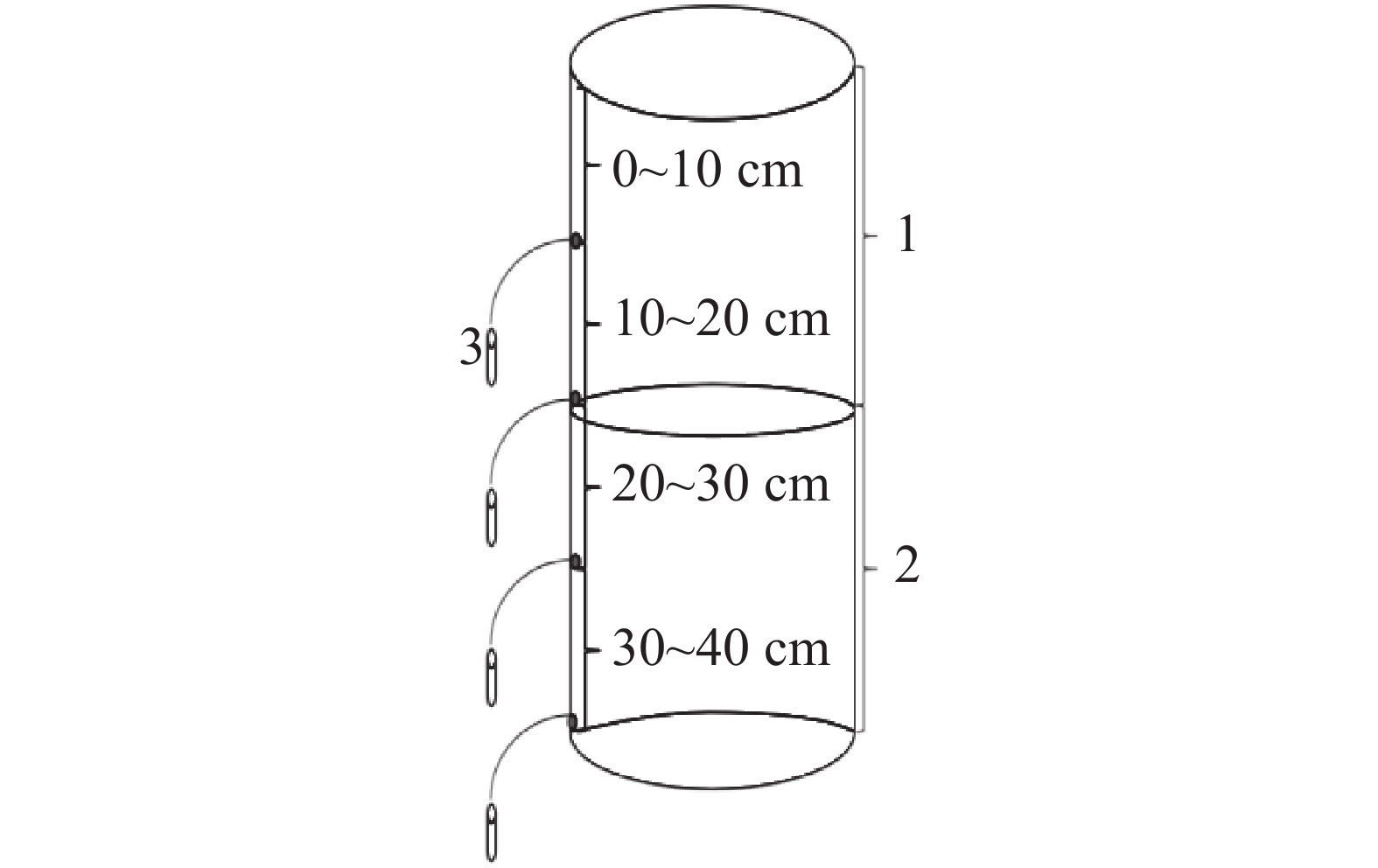
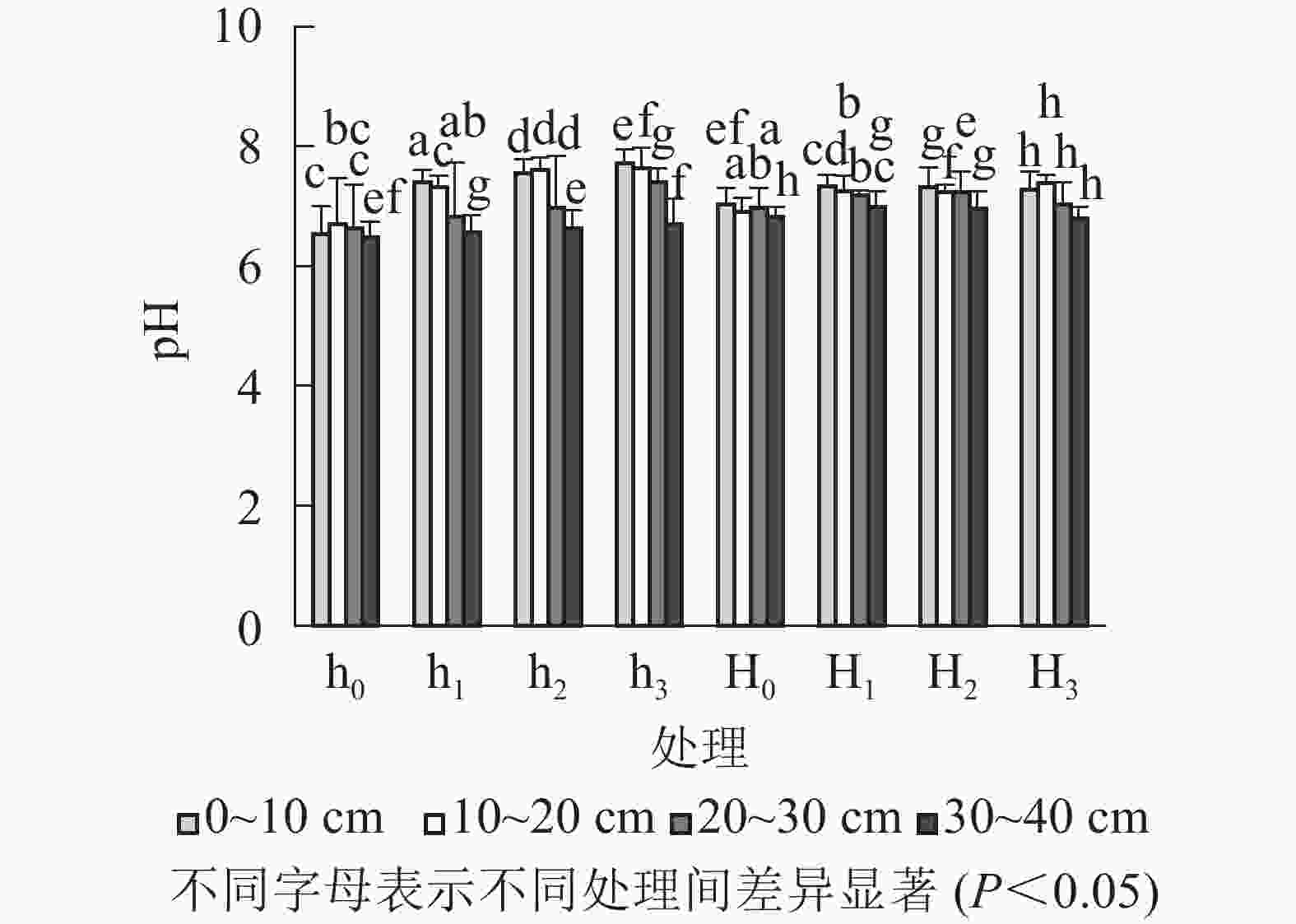

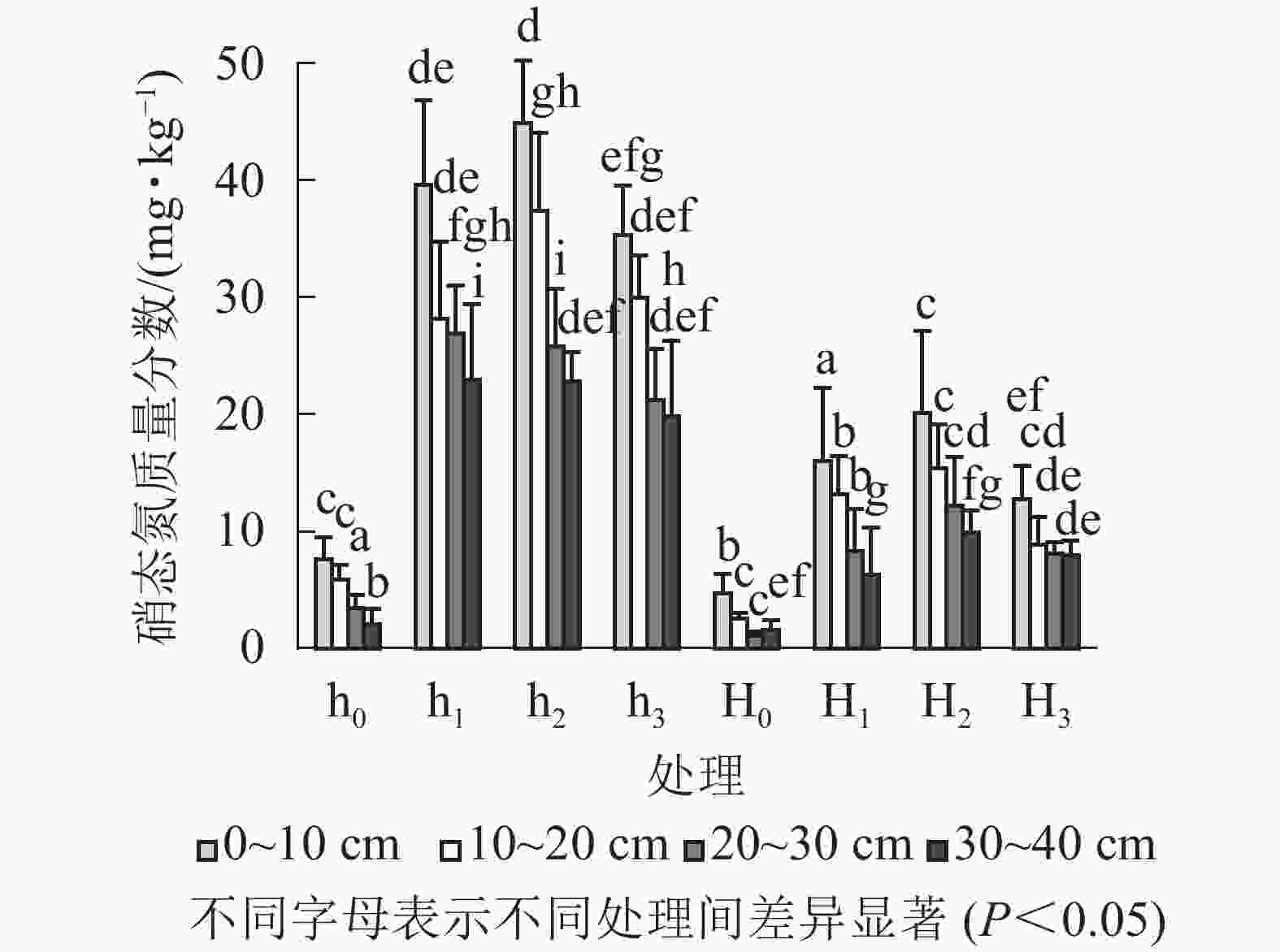

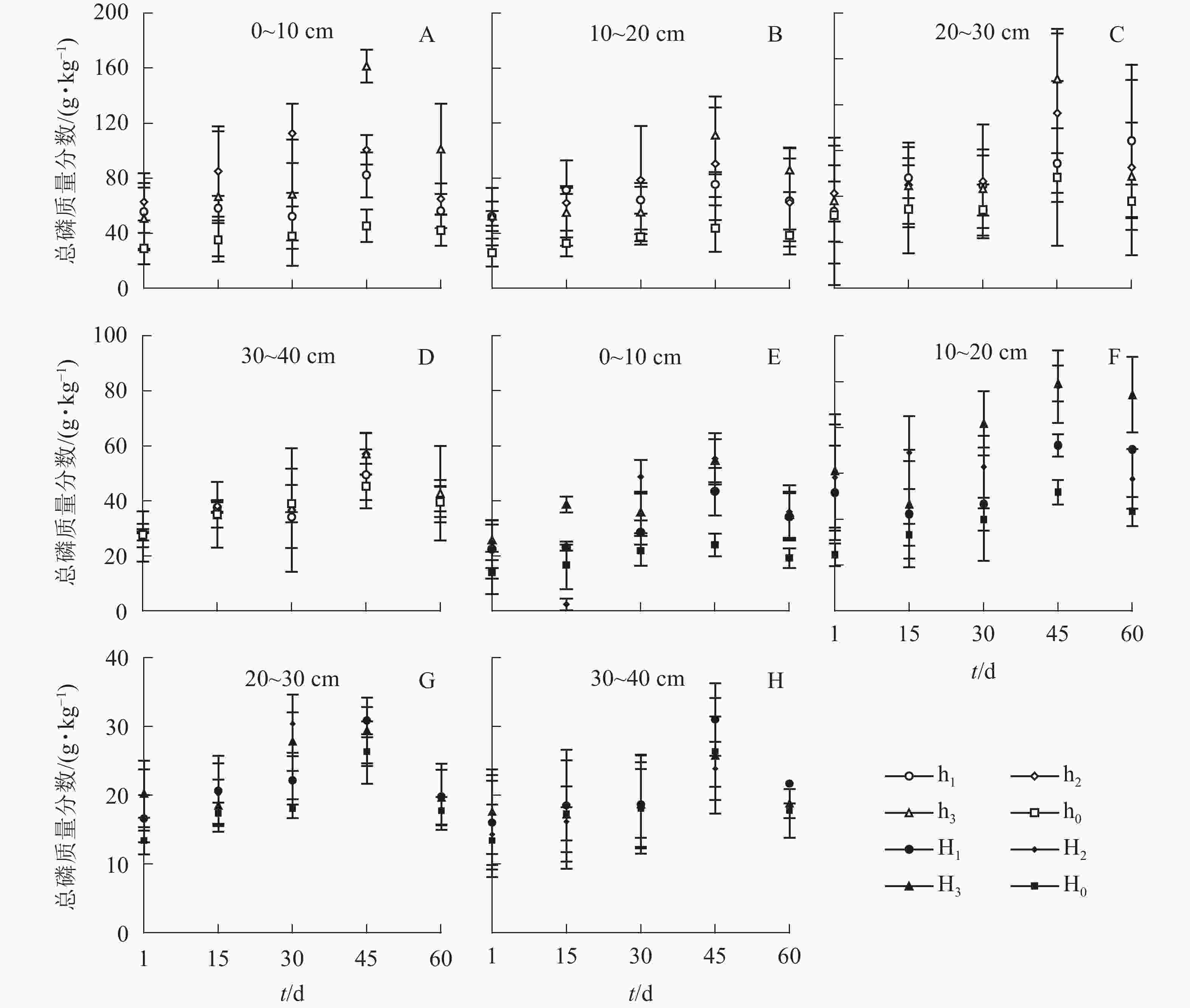
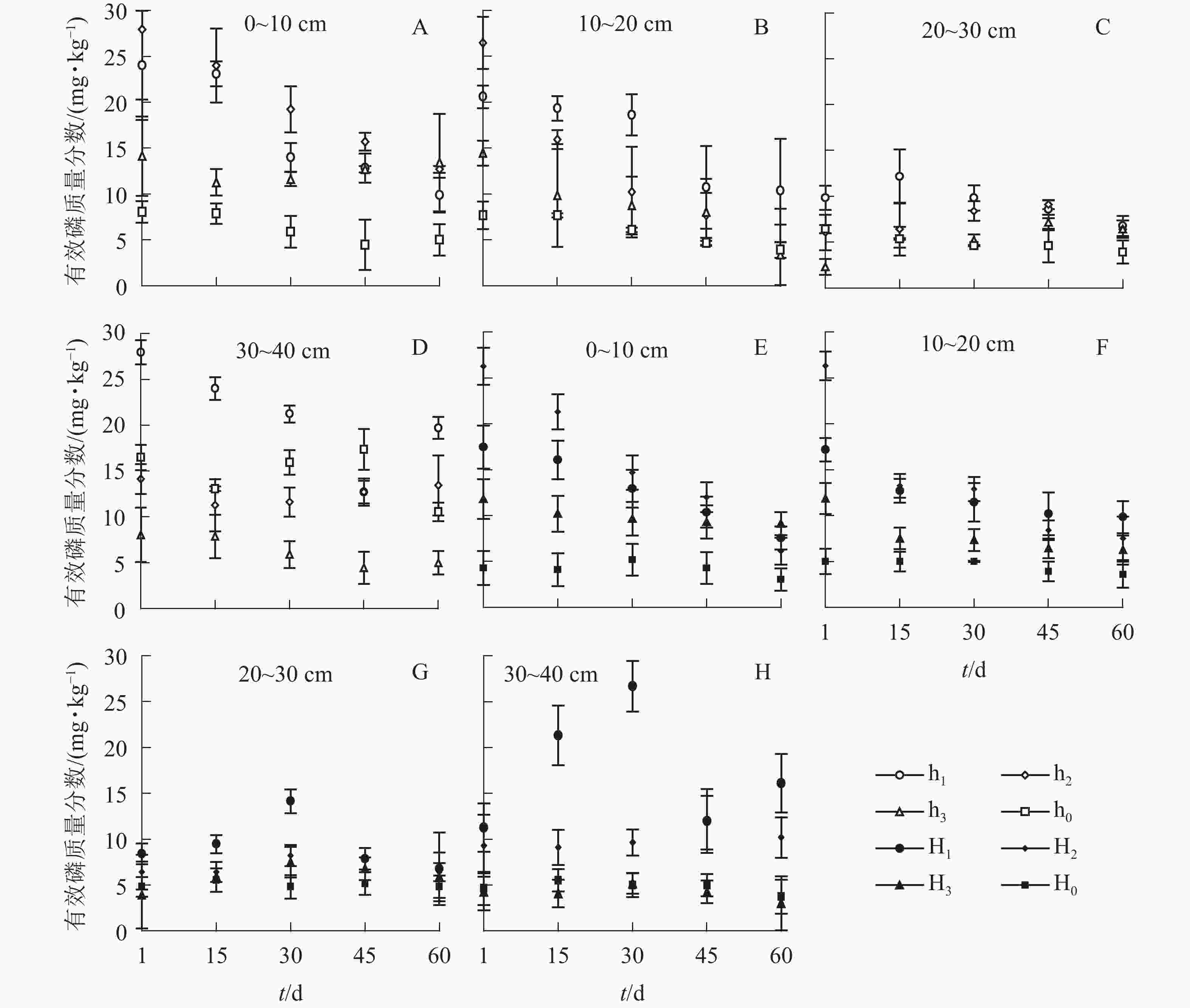

 DownLoad:
DownLoad:



